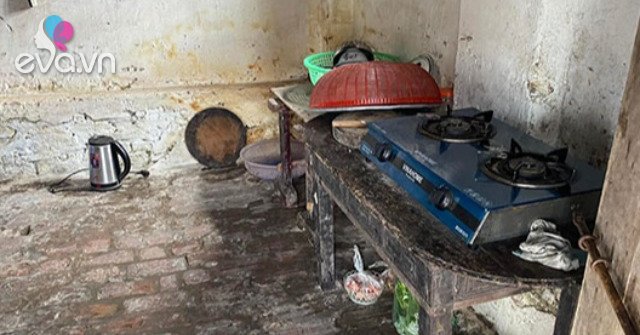JapanThe team from Hiroshima University utilizes discarded rice husks to develop eco-friendly red-orange LEDs.

The team at Hiroshima University created the world’s first LED light using rice husks and chemical ingredients. Image: ACS Sustainable Chemistry & Engineering
The process of milling rice to separate the grain generates about 100 million tons of waste husks globally each year. Scientists develop a method of recycling rice husks to create the world’s first silicon quantum dot LED, Techxplore on 11/4 reported. New method turns agricultural waste into modern low-cost, environmentally friendly light-emitting diodes.
The research team from the Center for Natural Sciences for Basic and Developmental Research at Hiroshima University (Japan), published the new findings in the journal Nature. Sustainable Chemistry and Engineering of the American Chemical Society (ACS).
“Typical quantum dots (fluorescent semiconductor nanocrystals) often contain toxic materials such as cadmium, lead, or other heavy metals. Therefore, when using nanomaterials, experts often consider it. environmental concerns. Our quantum dot (QD) fabrication process and method help to mitigate these concerns,” said Ken-ichi Saitow, research team member and professor of chemistry at the University Hiroshima, said.
Since porous silicon (Si) was discovered in the 1950s, scientists have found uses for it in lithium-ion batteries, luminescent materials, biomedical sensors and drug delivery systems. Non-toxic and abundant in nature, Si has luminescent properties derived from microscopic (quantum-sized) dot structures that act as semiconductors.
Aware of the current environmental concerns surrounding QD, the research team searched for new methods to fabricate environmentally friendly QDs. They found that waste husks were a good source of high purity silica (SiO2) and fine Si powder.
The team combines milling, heat treatment and chemical etching to treat the silica husk. First, they milled the husks and extracted the silica powder by burning the organic compounds of the milled rice husks. Next, they heated the silica powder in an electric furnace to obtain the Si powder through a reduction reaction.
The pure Si powder is then reduced in size to 3 nanometers by chemical etching. Finally, its surface is treated for good chemical stability and high dispersibility in solvents. The 3-nanometer crystals will produce SiQD that glows in the red-orange band with high luminescence efficiency- above 20%.
“This is the first study to develop LEDs from waste rice husks. The current method could become a great way to develop environmentally friendly quantum dot LEDs from natural products,” Saitow said. .
LEDs are assembled into a series of layers of material. The indium-tin oxide (ITO) glass substrate is the anode of the LED. This is a good conductor of electricity, and at the same time transparent enough to transmit light. Additional layers are coated onto the ITO glass, including the SiQD layer. Finally, the cathode is made of aluminum film.
In the near future, the team intends to find ways to increase luminescence efficiency in SiQD and LED lamps. They will also explore the possibility of manufacturing SiQD LEDs other than red-orange.
The team believes that the new method could also be applied to other crops in the future, such as bamboo, sugarcane, wheat, barley or SiO2-containing grasses. These natural products and their waste have the potential to be converted into non-toxic optoelectronic devices. Ultimately, the team wants to commercialize this eco-friendly method to produce luminescent devices from discarded rice husks.
Thu Thao (According to Techxplore)
at Blogtuan.info – Source: vnexpress.net – Read the original article here



